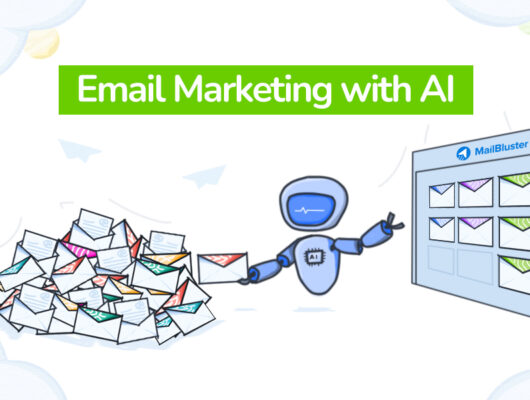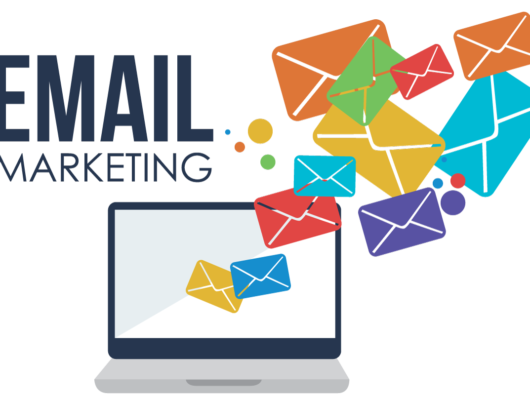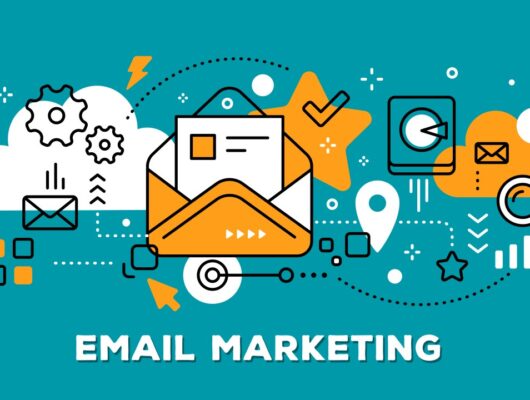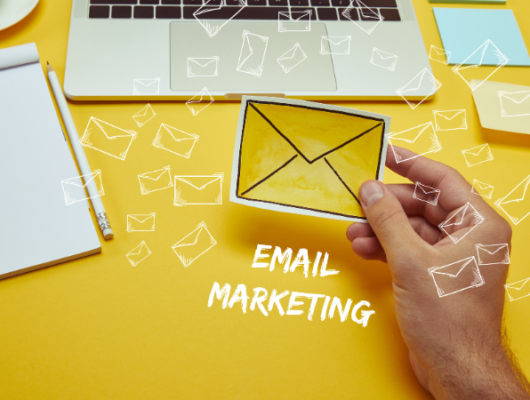In the competitive world of e-commerce, simply relying on organic growth isn’t enough. Paid marketing provides businesses with the opportunity to reach the right audience, boost visibility, and drive conversions.
This article will guide you through the fundamentals of paid marketing and how to effectively use it to grow your e-commerce store.
What is Paid Marketing?
Paid marketing refers to any advertising strategy where you pay to promote your products or services. Common channels include:
- Search Engine Advertising: Google Ads and Bing Ads for keyword-targeted campaigns.
- Social Media Advertising: Facebook, Instagram, TikTok, and Pinterest for visual and audience-focused ads.
- Display Advertising: Banner ads on websites relevant to your target audience.
- Influencer Marketing: Paying influencers to promote your products.
Why Paid Marketing is Essential for E-commerce
- Rapid Brand Awareness: Paid ads quickly introduce your brand to a wide audience.
- Precise Targeting: Use demographic, behavioral, and interest-based data to reach potential buyers.
- Scalable Campaigns: Start small and scale as your campaigns yield results.
- Boost in Conversions: Drive traffic to specific products, landing pages, or promotional offers.
Key Strategies for Successful Paid Marketing in E-commerce
- Define Your Goals
- Set clear objectives, such as increasing sales, growing your email list, or boosting website traffic.
- Understand Your Audience
- Use analytics tools to gather insights about your customers’ preferences and behavior.
- Segment audiences to create tailored ad campaigns.
- Choose the Right Platforms
- Google Ads: Target high-intent buyers searching for your products.
- Social Media: Platforms like Instagram and Facebook are ideal for showcasing products visually.
- YouTube: Leverage video ads to tell compelling product stories.
- Optimize Ad Creatives
- Use high-quality images or videos to grab attention.
- Write compelling ad copy with a clear call-to-action (CTA).
- Experiment with formats like carousels, stories, and interactive ads.
- Leverage Retargeting
- Use retargeting to reach users who visited your website but didn’t make a purchase.
- Offer discounts or remind them of abandoned carts.
- A/B Test Campaigns
- Test different ad copies, visuals, and audience segments.
- Use results to refine and optimize your campaigns.
- Monitor and Measure Performance
- Track metrics like click-through rate (CTR), cost per click (CPC), and return on ad spend (ROAS).
- Regularly adjust your campaigns based on performance insights.
Common Paid Marketing Mistakes to Avoid
- Overlooking Mobile Optimization: Ensure ads and landing pages are mobile-friendly.
- Neglecting Negative Keywords: Prevent irrelevant clicks that drain your budget.
- Targeting Too Broadly: Refine audience targeting to maximize ROI.
- Ignoring Analytics: Regular monitoring is crucial for success.
Tools for E-commerce Paid Marketing
- Google Analytics: To track traffic and conversions.
- Facebook Ads Manager: For managing and analyzing social media campaigns.
- Shopify or WooCommerce Analytics: To monitor sales and customer behavior.
- SEMRush or Ahrefs: For keyword research and competition analysis.
Conclusion
Paid marketing is a game-changer for e-commerce businesses, offering a way to quickly scale and capture market share.
By crafting targeted campaigns, investing in high-quality creatives, and consistently analyzing performance, you can maximize the impact of your marketing budget.
Start small, measure results, and adapt to the ever-evolving digital landscape.
Let me know if you’d like to expand on any section or add more platform-specific insights!







